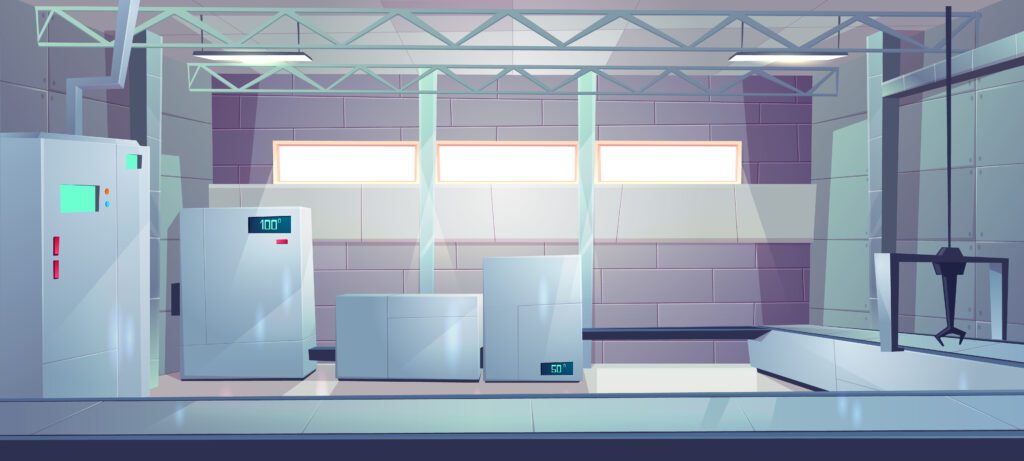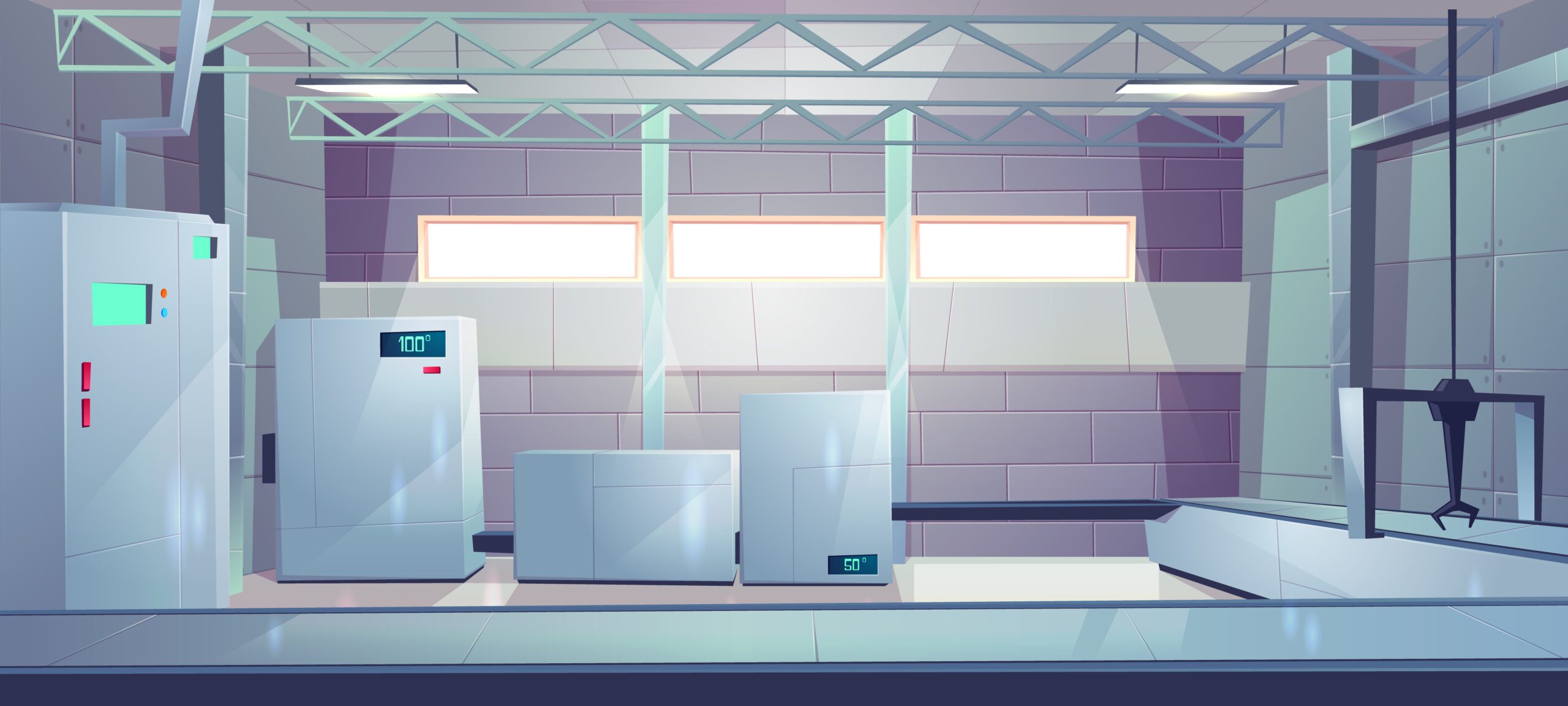In today’s fast-paced world, ensuring the freshness and longevity of your products is critical. Whether you’re dealing with pharmaceuticals, food and beverages, or sensitive electronics, proper storage plays a pivotal role in maintaining quality and minimizing losses. But when it comes to temperature-controlled environments, the lines between cold storage and refrigerated storage can get blurry. Understanding the key differences and choosing the right option for your specific needs is crucial.
Krupashree PEB, a leading cold storage supplier in India, sheds light on these two storage solutions to help you make an informed decision.
Cold Storage: Deep Freeze for Long-Term Preservation
Temperature range: -30°C to 0°C
Products requiring long-term freezing, such as meat, seafood, frozen fruits and vegetables, pharmaceuticals, vaccines, and biological samples.
Applications: Freezing and storing large quantities of products for extended periods. Widely used in food processing, pharmaceutical, and biomedical industries.
Key features:
- Lower temperatures: Maintains sub-zero temperatures to inhibit microbial growth and enzyme activity, ensuring long-term product integrity.
- Advanced refrigeration systems: Utilizes powerful freezers and chillers to achieve and maintain consistent temperatures throughout the storage space.
- Stricter regulations: Subject to more stringent regulations and monitoring due to the critical nature of stored products.
Examples: Blast freezers, walk-in freezers, industrial cold storage warehouses.
Refrigerated Storage: Cool Control for Short-Term Needs
Temperature range: 0°C to 10°C
Products requiring chilled storage for shorter periods, such as fruits and vegetables, dairy products, beverages, flowers, and certain pharmaceuticals.
Applications: Preserving perishable goods during distribution, retail display, or short-term storage. Commonly used in grocery stores, restaurants, florists, and pharmaceutical companies.
Key features:
- Moderate temperatures: Maintains temperatures above freezing, slowing down spoilage while preserving freshness and quality.
- Simpler technology: Often relies on less complex refrigeration systems than cold storage, making them more cost-effective for smaller needs.
- More flexible options: Available in various sizes and configurations, including reach-in coolers, display cases, and walk-in coolers.
Examples: Reach-in coolers, walk-in coolers, refrigerated trucks.
So, Which One is Right for You?
The choice between cold storage and refrigerated storage depends on several factors:
- Product type: Consider the specific temperature requirements and shelf life of your products.
- Storage duration: Determine how long you need to store your products.
- Regulations: Be aware of any applicable regulations governing the storage of your specific products.
- Budget: Cold storage generally incurs higher costs due to advanced technology and stricter regulations.
- Volume: Consider the scale of your operation and the amount of storage space you require.
Krupashree PEB, a renowned cleanroom manufacturer in India, also offers valuable resources for businesses requiring specialized storage solutions. Their expertise extends to quality prefabricated clean rooms, ensuring a controlled environment for sensitive products in various industries.
Conclusion
Understanding the distinct characteristics of cold storage and refrigerated storage empowers you to make the optimal choice for your business. If you require long-term freezing and meticulous temperature control, cold storage is the way to go. But for short-term preservation and budget-conscious needs, refrigerated storage might be sufficient. Consult with experts like Krupashree PEB to discuss your specific requirements and ensure the optimal storage solution for your success.



